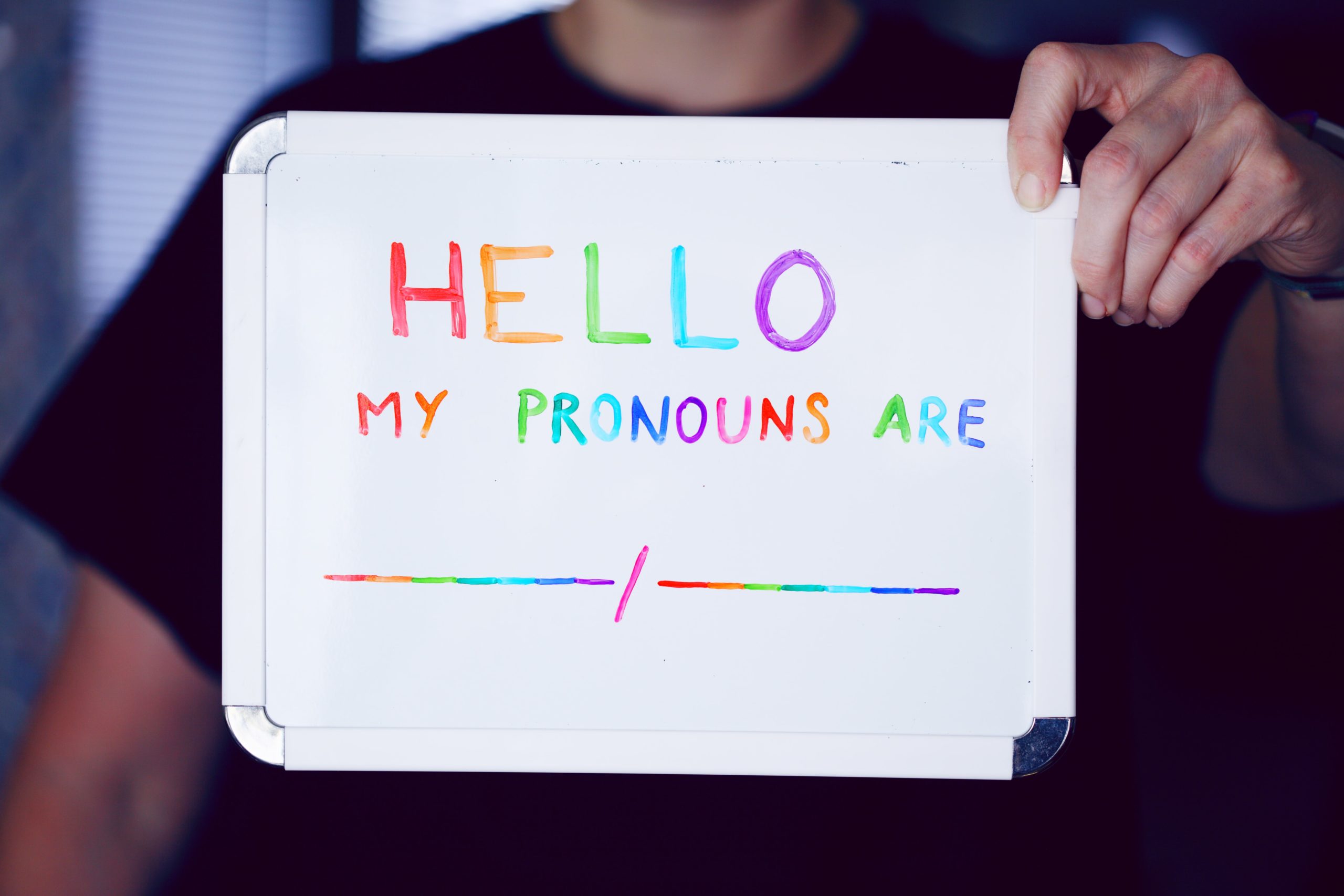Written by Goose Masondo (they/them, he/him)
Photo by Sharon McCutcheon on Unsplash
Most people are aware of the concept of ‘gender dysphoria’- popularly considered the feeling of ‘being in the wrong body’ that trans people experience. This experience is considered a disorder in the International Classification of Diseases (as ‘Gender Identity Disorder’), and is what doctors treat using hormone therapy, gender affirmation surgeries, and psychotherapy. In order to be diagnosed and treated, a patient must exhibit ‘clinically significant distress’ over their gender, which would lead to a desire for altering the body. But trans experiences are diverse, and they don’t always revolve around negative feelings of dysphoria in the way that popular culture seems to believe it does.
I held off on exploring or interrogating my own gender for a long time, and this was because I didn’t feel like I had ever experienced dysphoria myself. But the truth was, because I was constantly in that state of dysphoria when living as a woman, I didn’t think it was anything out of the ordinary. For a long time, I thought that discomfort in your own gender was natural for women; as women are taught to hate their bodies anyway, taught that womanhood is rooted in beauty and subservience.
But when I cut my hair, began dressing more masculine, and stopped wearing makeup after recognising myself as a lesbian, lots of things began to change very quickly. The daily existential crises I would have about my position in society disappeared entirely, the guilt that came with the feeling of lying about who I was (without knowing why) all but disappeared. But, ultimately, what really made me understand that I couldn’t delay confronting my gender head-on, was the sheer joy I felt when a little boy at my work called me ‘Sir’.
This was my first experience of what I would later learn is called gender euphoria.
For most trans people, what drives transition isn’t a hatred of the body, or discomfort, but striving for the sheer happiness briefly experienced when gendered correctly. This can mean different things for different people – for some, it doesn’t include a desire to ‘pass’ as cisgender, for others it does. Gender euphoria can be brought on by absolutely anything – although being acknowledged as my correct gender by another person is what brought on euphoria in that moment, there have been instances where the act of putting a watch on has had a similar effect, or nibbling on the end of a pen, or lifting a heavy flight case.
Now that I live with (and am therefore surrounded by) trans people, it’s been a fun exercise to examine what our brains recognise as gendered and assign as euphoria or dysphoria as appropriate. My flatmate, a transmasculine nonbinary person, recently mentioned that coming out of the shower with a towel around their neck gave them intense gender euphoria. My other flatmate, who is transfemme, experiences euphoria mostly when using feminine makeup and clothes. Other friends have mentioned more mundane things like drinking black coffee, lighting candles, cooking for others, writing in block capitals, and even embroidering.
It’s worth mentioning that this isn’t true to all trans peoples’ experiences – some people will only experience gender euphoria with very obvious affirmations of their gender, such as being referred to by the correct pronouns, or wearing clothing that reflects their identity. Ultimately, the trans experience is a never-ending quest for euphoria, whether that comes with a shift in aesthetic or not. And once gender euphoria is a constant, it becomes normal, and barely distinguishable from day to day life. That’s the goal we’re all working towards, the one that we bear dysphoria for.

